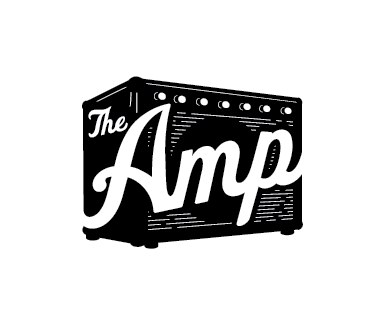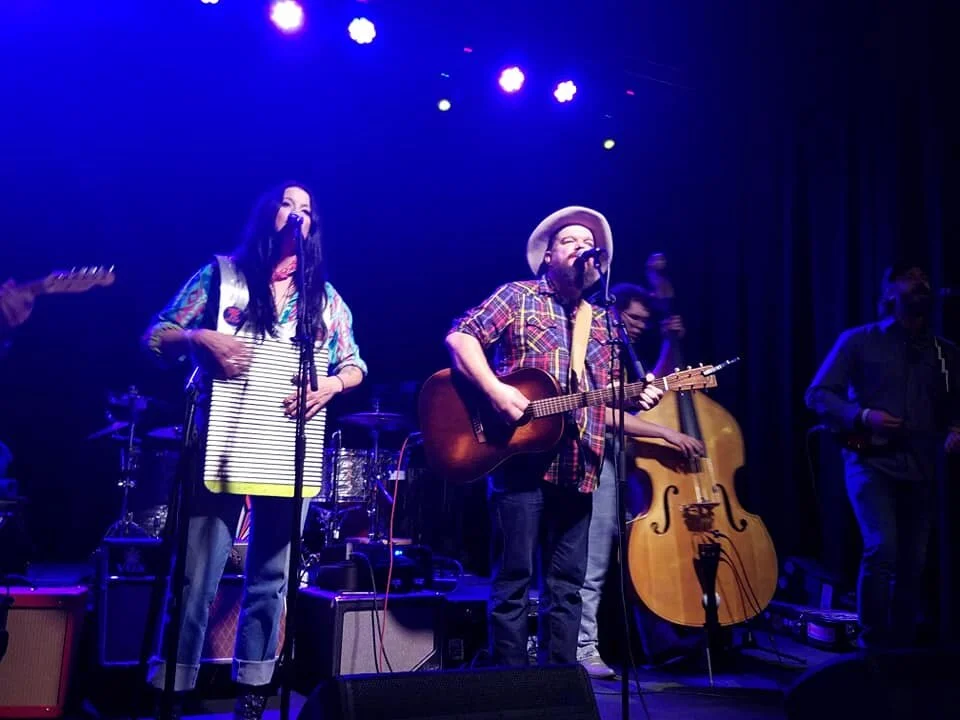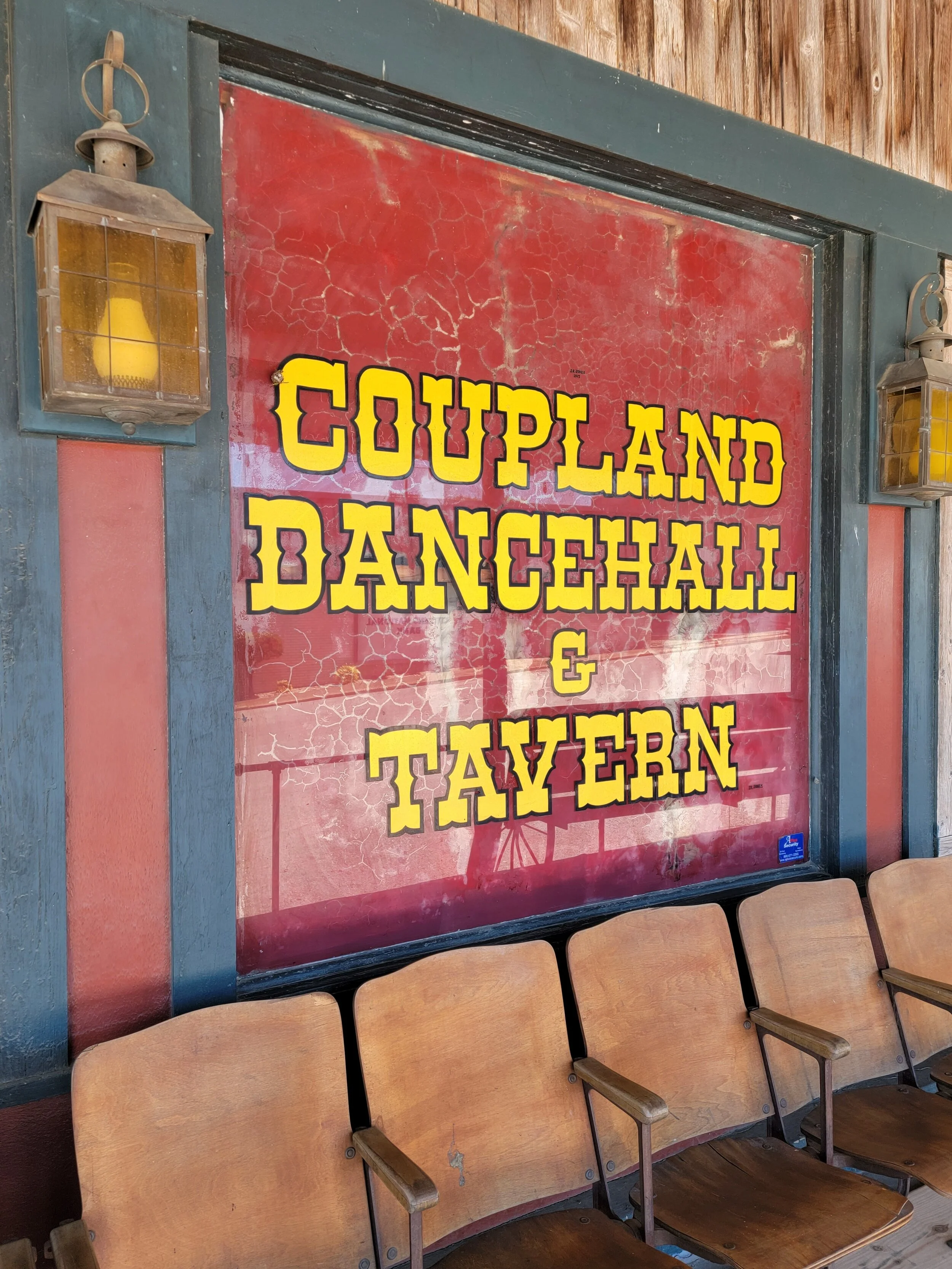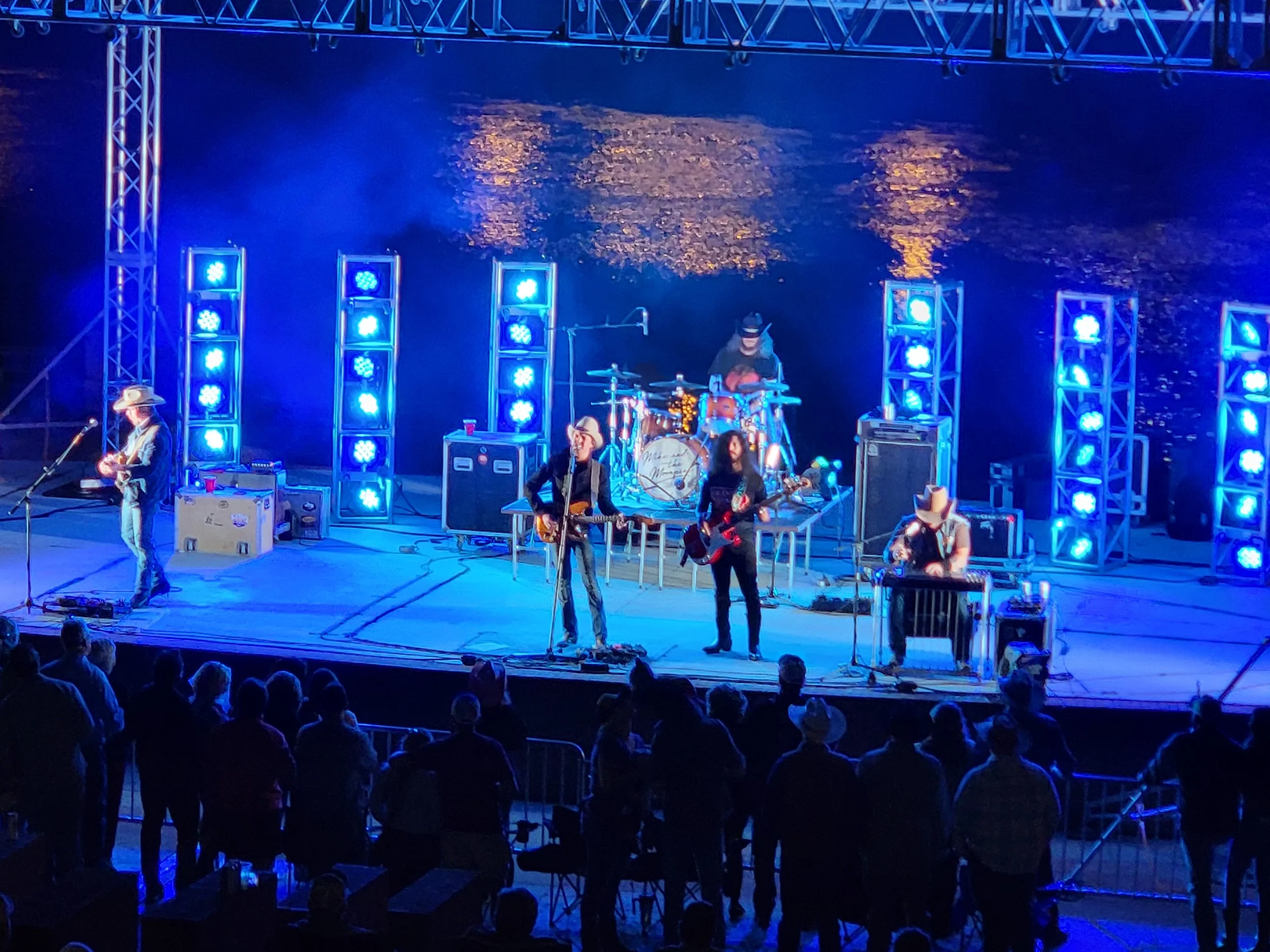The Train to Birmingham: Americana Re-Discovers Muscle Shoals
When Maggie Rose was ready to record what would be her third release, Have A Seat, she made the conscious decision to get away from all of the Nashville distractions and did what so many artists have done in the past…headed to the relative seclusion of Muscle Shoals. Now an independent artist, she could be much more involved in the sound of her new record and the legendary FAME studio was where she wanted to go to capture that funky soul that has always been bubbling beneath the surface of her work. She got David Hood to play bass which reinforced the authentic groove as he was one of the four original “Swampers” that helped establish the “Muscle Shoals Sound” of the 1960s and 70s. Rose was not the first Americana artist to journey to northwest Alabama looking for a hit, just the most recent.
A couple years ago, The Revivalists left New Orleans to celebrate their 10th anniversary as a band and make a record at FAME. The event was captured as a short film and the EP titled Made in Muscle Shoals showcases the historic studio in action. In the film the band talks about “standing in the footprints of titans” and the respect they have of the classic music made in that very room specifically mentioning “Aretha” and “Wilson.”
Tours are offered daily and putting yourself in that historic place is quite an experience. The hallway outside the FAME studio is covered with photographs of the many greats who have recorded there but when you step inside the big room the feeling of being in the presence of music greatness can be overwhelming. In the middle of the studio is the very same Wurlitzer electric piano Spooner Oldham played on Aretha Franklin’s “I Never Loved a Man (The Way I Love You)” and when the song is cranked up on the studio monitors you realize that the Queen of Soul was RIGHT HERE when it happened. This is the spot where Wilson Pickett recorded “Mustang Sally,” “Land of 1000 Dances,” and “Funky Broadway.” The tour guide tells you that “No matter where in this studio you stand, Duane Allman probably slept on the floor there.” It was at FAME where Allman persuaded Pickett to record “Hey Jude,” and when the band, including Barry Beckett on electric piano, Jimmy Johnson on rhythm guitar, and Roger Hawkins on drums, kicked into the jam that finishes the track with Allman’s fiery slide guitar soaring above it all, Southern Rock was born. Duane hung out in Muscle Shoals for the better part of a year trying to persuade studio owner Rick Hall to record him on solo projects but Hall was looking for hit records. Hall did use Allman on many backing sessions but never heard the sound that Duane was trying to convince him was what the kids wanted to hear although Rick did hook Allman up with Phil Walden who was about to open his own studio in Georgia. The story of Capricorn Records and “Macon Music” is for another time.
When Gregg Allman was ready to make his final album, he came to Muscle Shoals and recorded Southern Blood at FAME. Paul Cauthen recorded his My Gospel record here the same year the Texas Gentlemen laid down the tracks for their first record, Texas Jelly. Jason Isbell was born and raised in the area and recorded several albums with his band the 400 Unit in this studio. While he was a member of the Drive-By Truckers the band recorded their classic album The Dirty South at FAME. This would be a good time to mention that DBT front man Patterson Hood is the son of “Swamper” David Hood and the circle becomes complete.
Many people, including musicians, often get confused when talking about the “Muscle Shoals Sound.” It was in 1969 when Rick Hall was just wrapping up a big deal with Capitol Records that his full-time studio players informed him that Jerry Wexler of Atlantic Records was helping them finance their own studio and they were quitting FAME. The aforementioned Beckett, Johnson, Hawkins, and bass player David Hood located a former casket display showroom across the street from a cemetery in Sheffield just a few miles up the street from the FAME studio in Muscle Shoals and set up shop. This is where it gets confusing; Muscle Shoals Sound Studio is NOT in Muscle Shoals although there is a sign outside the studio to this day that proudly proclaims “Welcome to City of Muscle Shoals - Hit Recording Capital of the World.” The “Welcome to Muscle Shoals” signs at the city limits sport a smaller sign below that proclaims “Home of the FAME Recording Studio.” They take city limits VERY seriously in NW Alabama.
The Muscle Shoals Rhythm Section, as they were officially known, recorded Cher’s sixth album at their new studio which got critical support but was a chart flop. The album cover picture is a virtual music “Who’s Who” and deserves closer inspection (trust me, look it up) but the key here is the album title 3614 Jackson Highway (the studio address) and the way it is displayed on the album cover. The guys in the band liked the way it looked and had a sign made just like it that still sports the front entrance. In December 1969 the Rolling Stones made an appearance at Muscle Shoals Sound during a break in their tour and spent three days in the studio where they recorded “You Gotta Move,” “Brown Sugar,” and “Wild Horses,” all of which ended up on the Sticky Fingers album.
In late 1971 and early 1972, Lynyrd Skynyrd was still basically a bar band and made their way to Muscle Shoals Sound still searching for their identity. They convinced the studio to give them whatever free time was available and laid down a total of 17 tracks all the while learning how the studio process evolves. Producer Jimmy Johnson shopped the tapes around but got no takers and they sat in the vault until after the fatal plane crash in 1977. The best nine tracks were released as Skynyrd’s First…and Last in 1978, then re-packaged and all 17 tracks released in 1998. That was when we all heard the original version of “Free Bird” with Billy Powell playing the beautiful piano intro to the classic song. It was at Muscle Shoals Sound during a break that then-roadie Powell sat down at the grand piano in the studio and worked out the piece on his own. Unbeknownst to the band he was a trained classical pianist! Shortly thereafter he was made a full member of the band.
That same piano has more rock n’ roll history. Bob Seger had a long relationship with Muscle Shoals Sound and for many years each of his albums had several tracks recorded there. The piano on the intro to “Old Time Rock n Roll” is the same one Powell played on “Free Bird” and that piano sits in the studio today. The Jackson Highway studio closed in 1979 and operations were moved to another Sheffield location when a larger updated facility was needed. That studio was in operation until 1985 when it was sold.
Around 2009-2010, The Band of Horses chose the original Muscle Shoals Sound location to record part of their third album, Infinite Arms, even though it wasn’t a working studio at the time. Accommodations were made and the resulting record was nominated for a Grammy in the Best Alternative Album category! That historic site was also where the Black Keys recorded 10 tracks of their Brothers album which was nominated for a Grammy and contained two Grammy-nominated songs, again using makeshift equipment in a room not fully set up as a recording studio.
After the success of the Muscle Shoals documentary in 2013, interest increased in the history of the music created in the area and the studios where it happened. Dr. Dre donated $1 million dollars to the Muscle Shoals Music Foundation to help in the restoration of the Muscle Shoals Sound studio on Jackson Highway where you can now tour the facility and share the same space once occupied by more music greats. The studio itself is small compared to FAME and has a different vibe but a tour will put you in the middle of more music history with some of the top artists from many genres spending time here including Paul Simon, Leon Russell, Rod Stewart, Boz Scaggs, and Willie Nelson.
If you do take the trip to the Shoals area, make a stop at the Alabama Music Hall of Fame in Tuscumbia. You may be surprised at the many great artists that came from the state but you are well aware of the timeless music they created and the music still being made in this out-of-the-way corner of Alabama.









